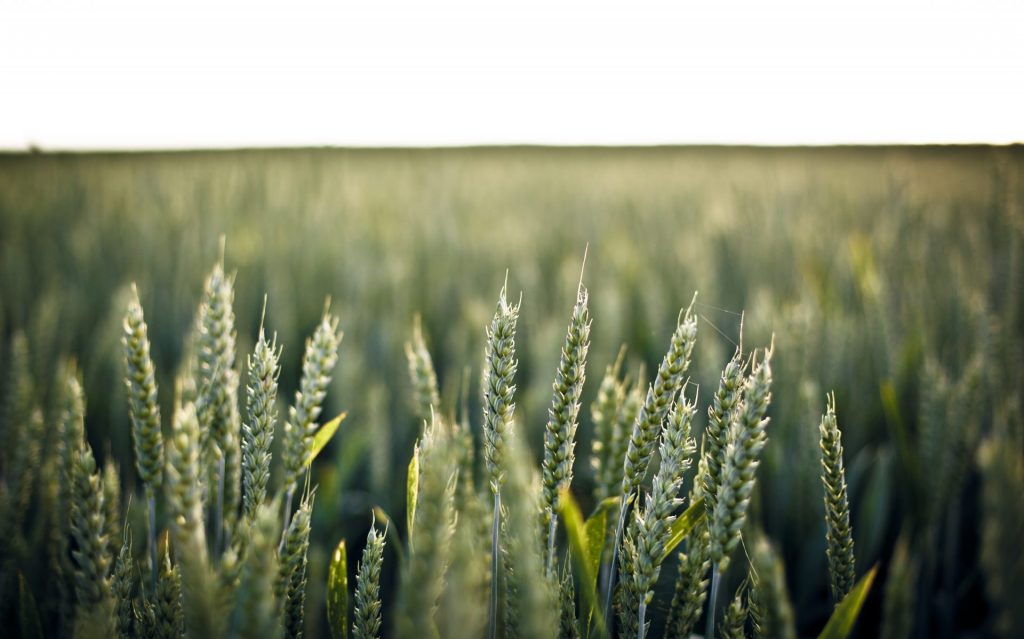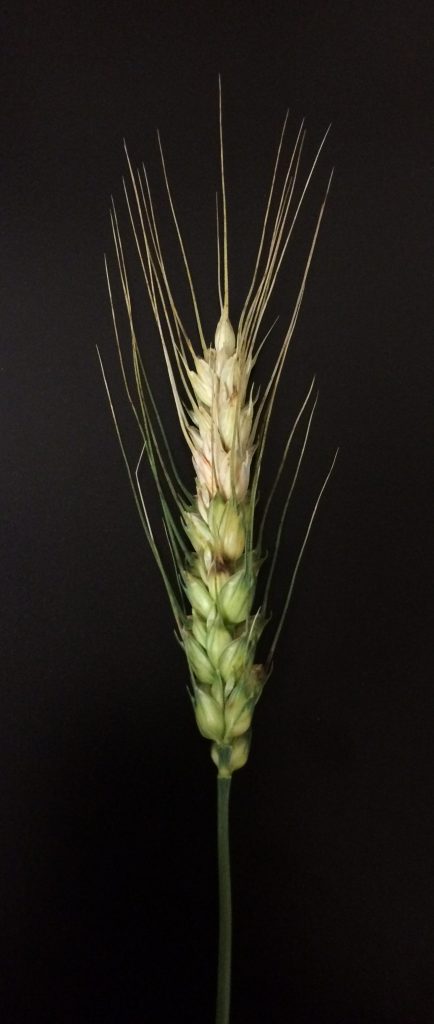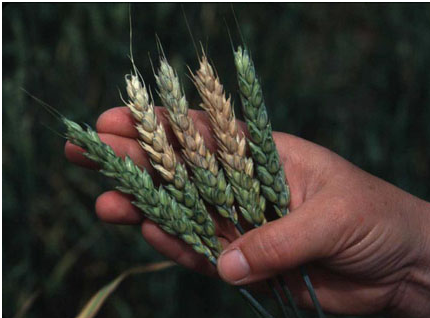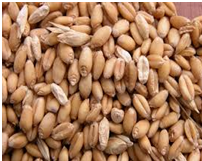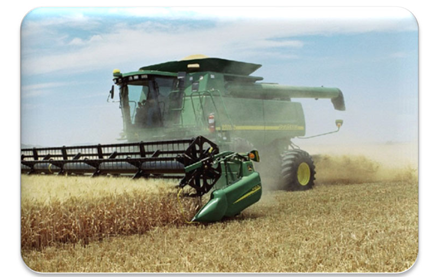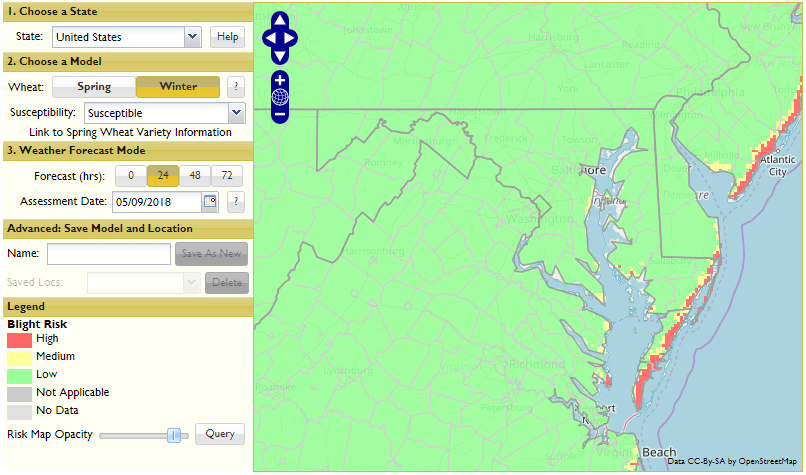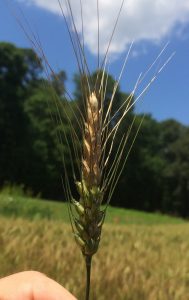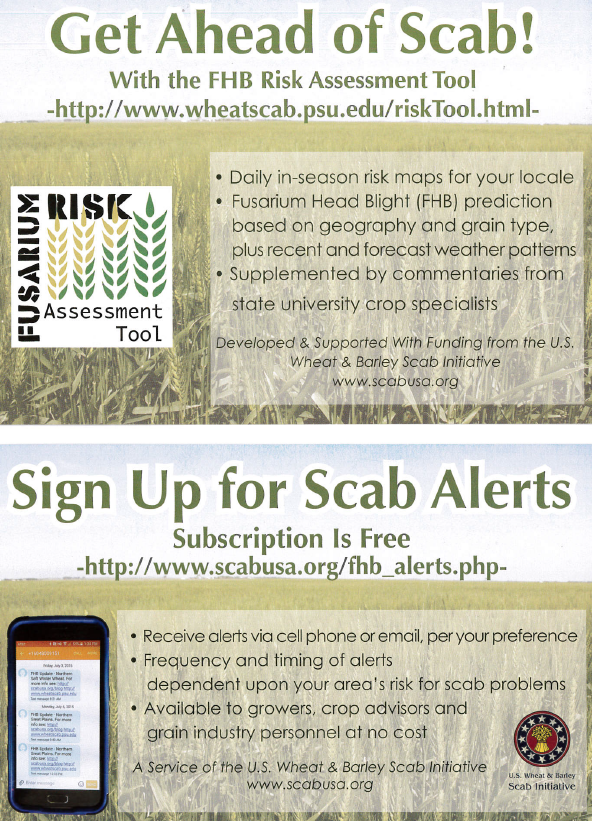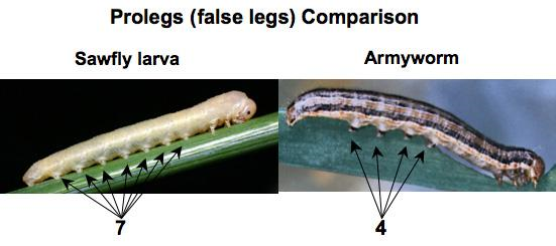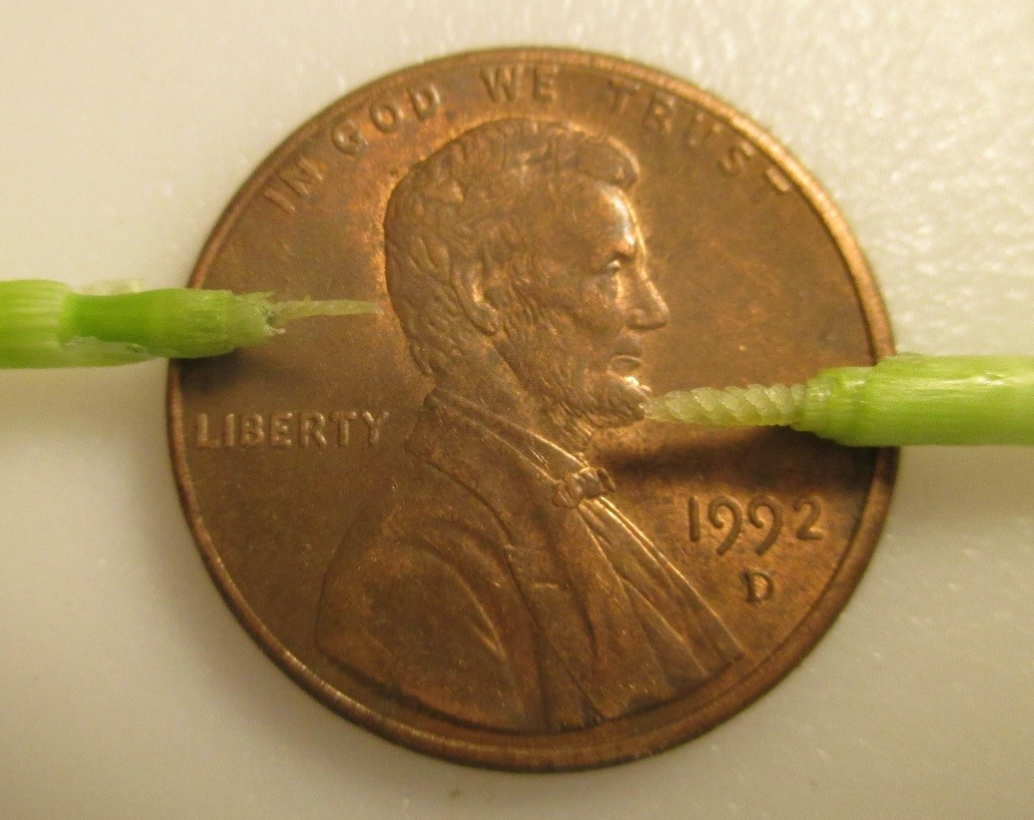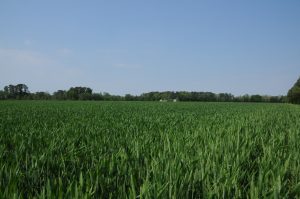The University of Maryland, as part of the International Wheat Genome Sequencing Consortium, has helped accomplish a feat once considered impossible, sequencing the full genome of wheat, the world’s most widely cultivated crop.
Experts say that the long-awaited mapping of wheat’s vast genetic territory opens up opportunities for creating new and better strains of wheat by improving complex traits such as crop yield, grain quality, resistance to diseases or pests, tolerance to heat and drought, and even characteristics like protein content or types and amounts of allergy causing compounds.
“The wheat genome gives us a complete picture that will be the key to unlocking genes controlling important traits for crop improvement,” said UMD consortium researcher Vijay Tiwari, who leads the Small Grain Breeding and Genetics program in the department of plant science & landscape architecture. “When this discovery was made for rice and maize, rapid advances were made in those crops almost immediately after,” he said.
Wheat’s incredibly large and duplicative genome is not actually a single genome, but three overlapping and similar ones, the result of natural hybridisation of different grasses over thousands of years. The consortium research that has opened up its full genetic complexity was authored by Tiwari and more than 200 other scientists from a total of 73 research institutions in 20 countries. UMD is one of only seven US institutions involved as consortium partners. A paper about their work was published on August 17 in the journal Science.
“This was very much collaborative science at its best,” said Tiwari. “Without the consortium, this couldn’t have been accomplished in this amount of time.”
Wheat is the staple food of more than a third of the world’s people and accounts for almost 20 percent of the total calories and protein consumed by humans, more than any other single food source. It also serves as an important source of vitamins and minerals.
 According to the International Wheat Genome Sequencing Consortium, which began in 2005 as an initiative by Kansas farmers, meeting future demands of a projected world population of 9.6 billion by 2050, will require wheat production to increase by more than 50 percent (1.6 percent each year). In order to preserve biodiversity, water, and nutrient resources, the majority of this increase has to be achieved through crop and trait improvement on land currently cultivated, the consortium said in a release.
According to the International Wheat Genome Sequencing Consortium, which began in 2005 as an initiative by Kansas farmers, meeting future demands of a projected world population of 9.6 billion by 2050, will require wheat production to increase by more than 50 percent (1.6 percent each year). In order to preserve biodiversity, water, and nutrient resources, the majority of this increase has to be achieved through crop and trait improvement on land currently cultivated, the consortium said in a release.
The impact of their wheat sequencing findings has already been significant because the now published wheat reference sequence was made available to the scientific community in January 2017. More than 100 publications referencing the sequence have already been published. And a new publication in this same issue of Science features work using this resource done by UMD’s Tiwari as part of a collaborative team of researchers led by Professor Cristobal Uauy at the John Innes Centre in the United Kingdom. This team used the new genome sequence to study the expression in wheat of genes affecting resistance to heat, drought, and disease. Work they hope will pave the way for the production of wheat varieties better adapted to climate challenges, with higher yields, enhanced nutritional quality, and improved sustainability.
Numerous studies have shown the susceptibility of wheat to climate changes. For example, a 2011 study in Science showed that rising temperatures are already causing declines in wheat production. And a more recent Nature research article suggested that this trend will only get worse, with a 5 percent decline in wheat yields for every one degree (Fahrenheit) temperature increase.
Taken together, the two new publications in Science provide results that will give a major boost to wheat breeding and genetic research, said Tiwari. “Now researchers will have direct access to all the genes in the genome and information about their expression patterns, and it will allow them to unravel the genetic basis of important agronomic traits,” he said.
In previous work at the John Innes Centre, Tiwari and his fellow researchers fine-tuned a technique called speed breeding, which uses glasshouses to shorten breeding cycles. They say that earlier work combined with the new genome resources provided in these two papers, will significantly shorten the time needed to test genetic markers for traits like drought, heat, and disease resistance, getting new varieties of wheat to the growers faster.
“We are in a better position than ever to increase yield, breed plants with higher nutritional quality, and create varieties that are adapted to climate changes thanks to the research we and the international community are publishing,” said Uauy, project leader in crop genetics at the John Innes Centre.
“It has been a bad year for wheat yields in Maryland, so we are excited to give growers and researchers this good news and bright hope. These landmark results and resources will allow us to address the imminent challenges of global food security in changing climatic conditions,” said Tiwari.
Original article can be found online by clicking here.
